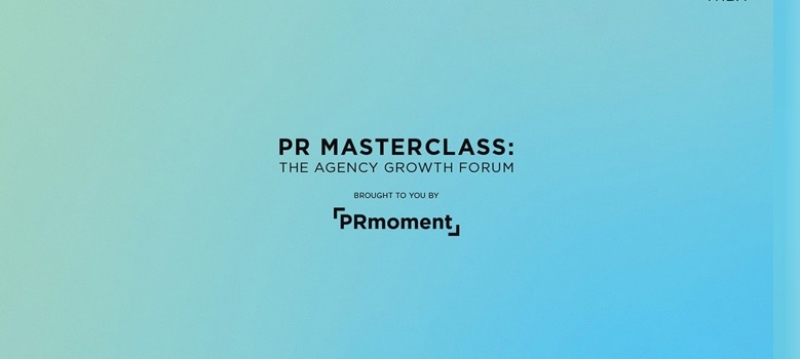 Calls for companies and their leaders to “go social” are not new and data from the US shows that the average CEO has 3.9K followers on Twitter and 930 connections on Linkedin. However, there are still many businesses that are holding back who wouldn’t know a tweet from a twit.
Calls for companies and their leaders to “go social” are not new and data from the US shows that the average CEO has 3.9K followers on Twitter and 930 connections on Linkedin. However, there are still many businesses that are holding back who wouldn’t know a tweet from a twit.
Some businesses in more traditional industries might ask; what is the benefit of going social? It’s a fair question, but I would argue it’s the other way around; what is the cost of not getting involved?
Consider the experiences of Exxon and BP. In the pre-digital age, the Exxon Valdez oil spill in 1989 did cause shares to drop but they quickly rebounded. In 2010 after the Deepwater Horizon disaster BP’s share fell by half and it hasn’t yet recovered. While other factors were involved, Twitter, Facebook and YouTube were all contributed to the reputational damage.
The internet has fundamentally changed the balance of power between business and the public, as the Economist put it in a recent article. Although big firms deploy armies of PR flacks, anyone with a smartphone and a social media account now has the same power to reach a global audience.
Indeed the very nature of the internet means that companies are scrutinised more heavily than ever before. Just look at Buzzfeed and you will see “click-bait” at its best. Indeed in a recent speech Buzzfeed’s Will Hayward stated that Facebook is now driving more traffic to the site than Google.
Unfortunately for the business world, negative stories about them and their CEOs are exactly what these sites look for to tempt readers. In addition, established newspapers are getting in on the act – just see Independent’s i100 site.
In any case, it’s not just about headline-grabbing. According to a recent report from the Pew Internet Research Centre as the internet increases its speed, everyone will be the media and a newsmaker.
In short, the debate – all debate – is going to be happening online.
Time to put out the fire
If an example of a great digital response to a crisis is needed, then just look at the electric car company Tesla. For any business, news of one of its products bursting into flames would not be good news. But in Tesla’s case there was also a video:
To date, the video has been viewed more than 3.4 million times. Instead of spelling disaster for Tesla, it was quick to respond with a blog post from the owner of the car explaining more and using the CEO’s whopping 1.12 million Twitter followers to respond to this incident.
The result for Tesla?
Its share price fell, but it then quickly recovered. Another example of deft digital crisis comms is Gregg’s handling of its Wikipedia “issue” which shows how having a savvy digital team can turn things around just as quickly as disaster strikes.
Diving into deep water when you are forced to is clearly not the answer. Getting in and learning to swim of your own accord is a much better option.
Tips for preparing for a crisis on social media are offered in this PRresearch feature
Paul Simpson, head of digital at agency Lexington Communications
Twitter: @Lexcommuk
PR Masterclass: The Agency Growth Forum
Our experts will each give you a 20-minute Masterclass on what we've identified as the 11 most important elements in running a modern, profitable and successful PR firm.
Taking place on Wednesday 26th November in London, both virtual and in person tickets are available.
Tickets on sale now!
PR MasterclassIf you enjoyed this article, sign up for free to our twice weekly editorial alert.
We have six email alerts in total - covering ESG, internal comms, PR jobs and events. Enter your email address below to find out more:








